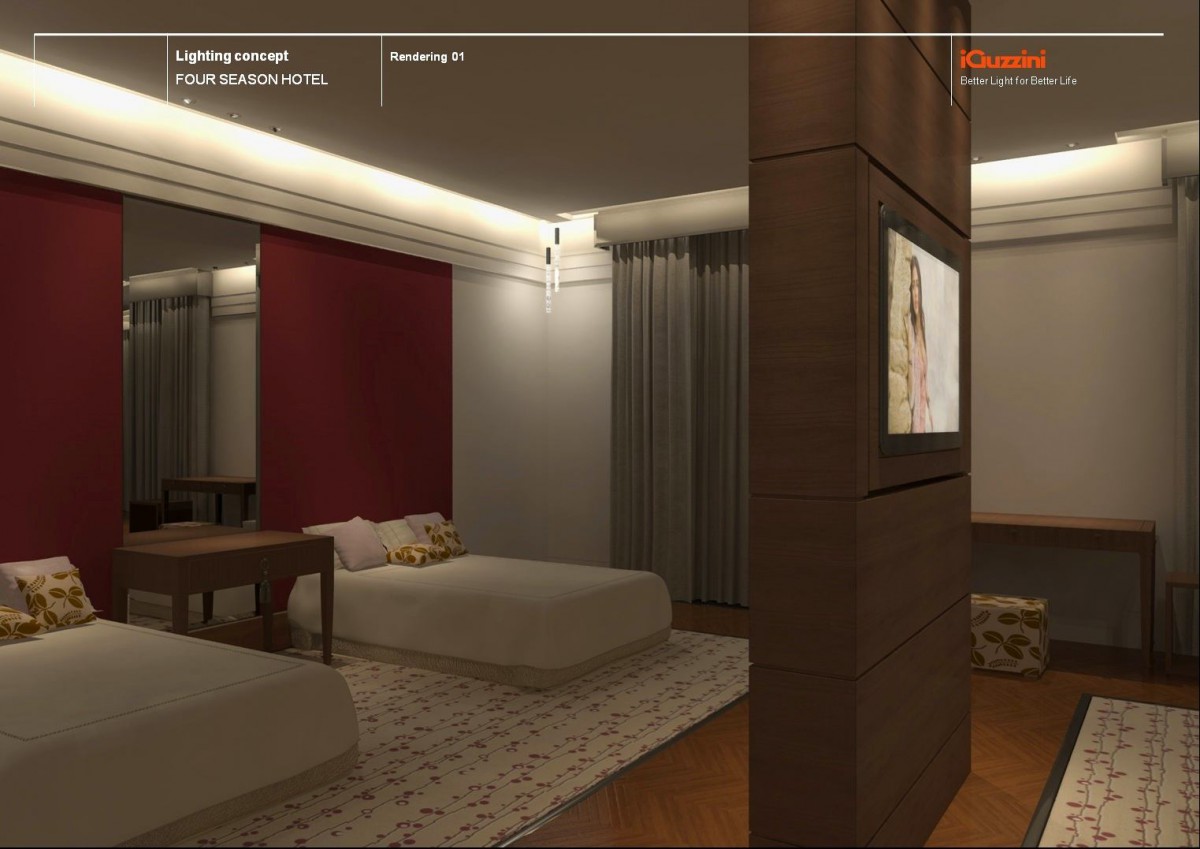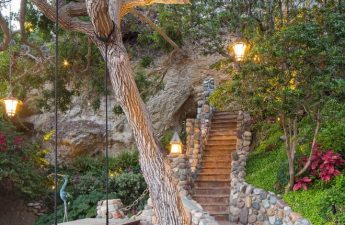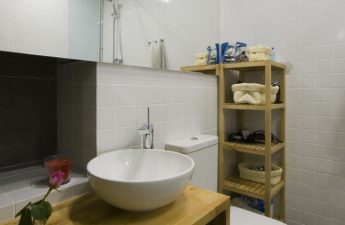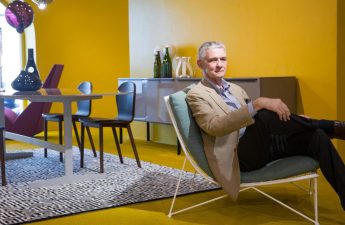Our guest today managed to work togetherwith a legendary figure, create her own furniture collection, contribute to the development of one of the world's largest exhibitions and become a happy mother. We are sure that this is only the beginning. Today, our guest is Anna Medleva, an architect and designer with a unique and more than versatile activity. During her career, which is only in full swing, Anna has managed to do as much as other professionals would have had for several lifetimes. How did she do it? Let Anna Medleva tell us herself. Anna Medleva, architect
Anna Medleva's principles of work
Style
I don't have any preferences in styles, I thinkthat a real professional should not care what style to work in. Now, your own style, your own handwriting - that's another question. But it's hard for me to judge this in relation to myself, it's up to the viewer to decide whether I have my own style or not. It's a different matter if we're talking about preferences in my own interiors. But here everything depends on the object. It can be either strict minimalism, if you like, or a free, laid-back fusion, in which I will feel warm and cozy, if we're talking about my own apartment, for example.
Price tag
Not the tallest, perhaps, but not the shortest either.I consider my team to be high-level specialists, and professionalism should be paid for. We often have to correct other people's mistakes. Clients, wanting to save money, order a project based on the pricing policy, without understanding what they will get in the end. As a rule, they get what they paid for. Then they have to pay us, or people like us. The proverb says: "A miser pays twice" - well, what can you do about it?
Uniqueness
Exclusively in professionalism.We are living through very interesting times. The market is overflowing with services, the essence of which is not very clear. Lots of people call themselves designers, having completed some courses... What is this? Some kind of bad builders... and there are many of them. We offer our clients a full package of services, from the idea and concept to full implementation. Right down to the slippers at the entrance, if you like. And we give a guarantee for our services. Now only very professional teams work like this, who have survived more than one crisis, and whose goal is not to line their pockets today, and tomorrow - the grass will not grow.
The coolest project
Be that as it may, but my coolest project isThis is my daughter. And this project is not finished yet. When I release her into adulthood, then I will say: "Yes... all this time was not in vain". I think so. If we talk about professional activity, then I would not talk about the "coolness" of the projects, I would divide them into the most interesting and, probably, the most difficult. I have always liked difficult tasks, even since school. The more difficult the task, the more interesting it is to look for a solution and more pleasure from the result. So, for example, it was endlessly interesting to work on the equestrian complex "Divny", which was built near the village of Padikovo. This is an area of 14 hectares, where everything, absolutely everything was invented and developed in my workshop. I remember how we made the first presentation for our customer. How we selected materials and dreamed that we would build the arena itself from glued structures. How we painted the first general plan. How we composed the first houses. We wanted to use wood to the maximum, because sports, horses, nature are the components of the project. But life made adjustments. We had to make other design and aesthetic decisions. But nevertheless, the complex turned out to be extraordinary. With fairly simple architectural forms, we managed to find solutions that made this complex memorable and recognizable. Despite the rejection of wood, we found techniques in the interior, and the plasticity of the facades, and the color scheme of the objects. We worked out absolutely all the rooms from the point of view of their filling, creating an atmosphere, image. It is a pity that we were not able to implement everything. But nevertheless, for example, I made the restaurant and the main entrance group together with maestro Ingo Maurer. His lighting objects - they cannot be called just lamps - complemented the space, decorated the interior, brought charm to it. And it was a pleasure to work with him. Of course, as always, we wanted to do more than the customer allowed us. There is always one limitation - the economy. But I am glad that the entrance area and the restaurant were nevertheless realized through joint efforts with Ingo Maurer.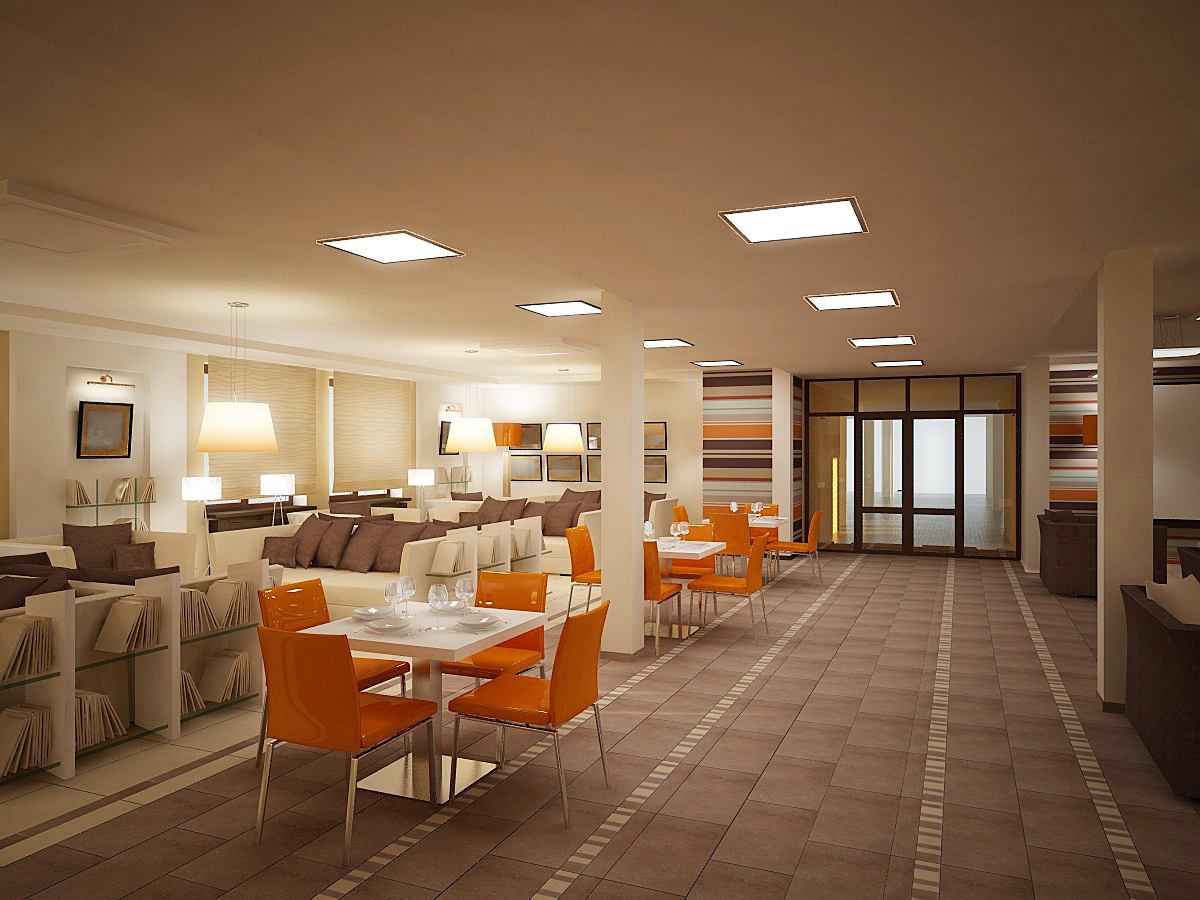


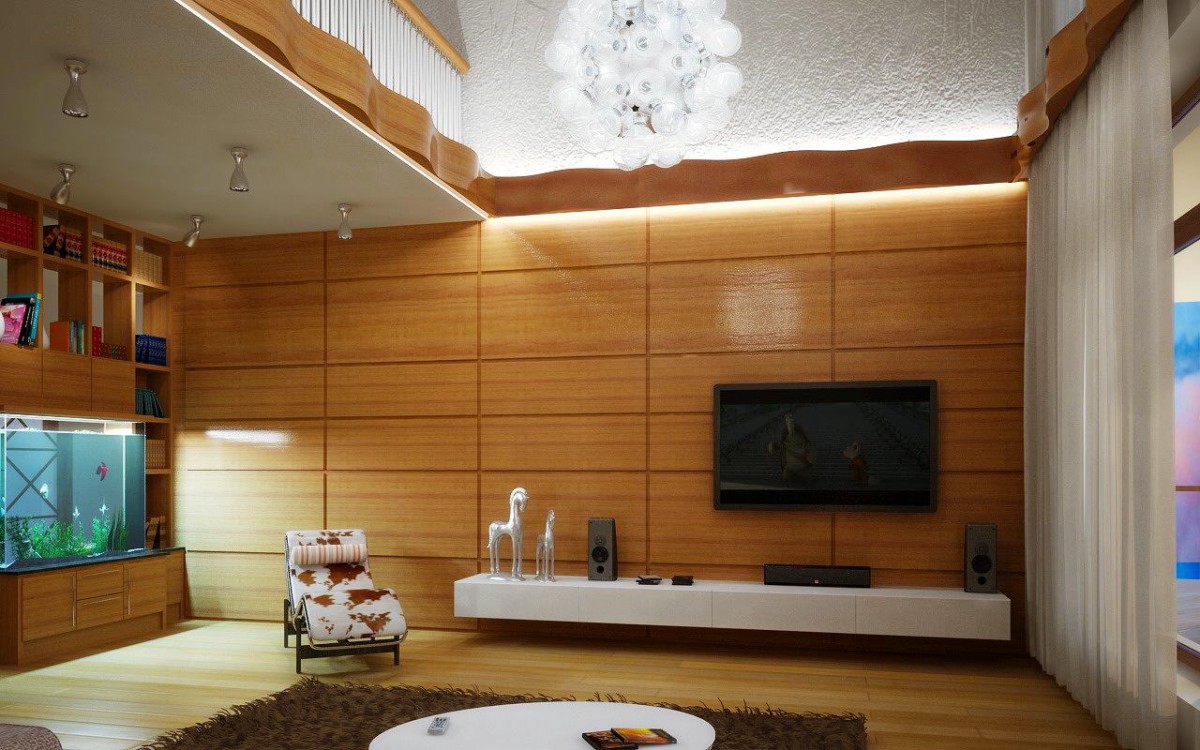
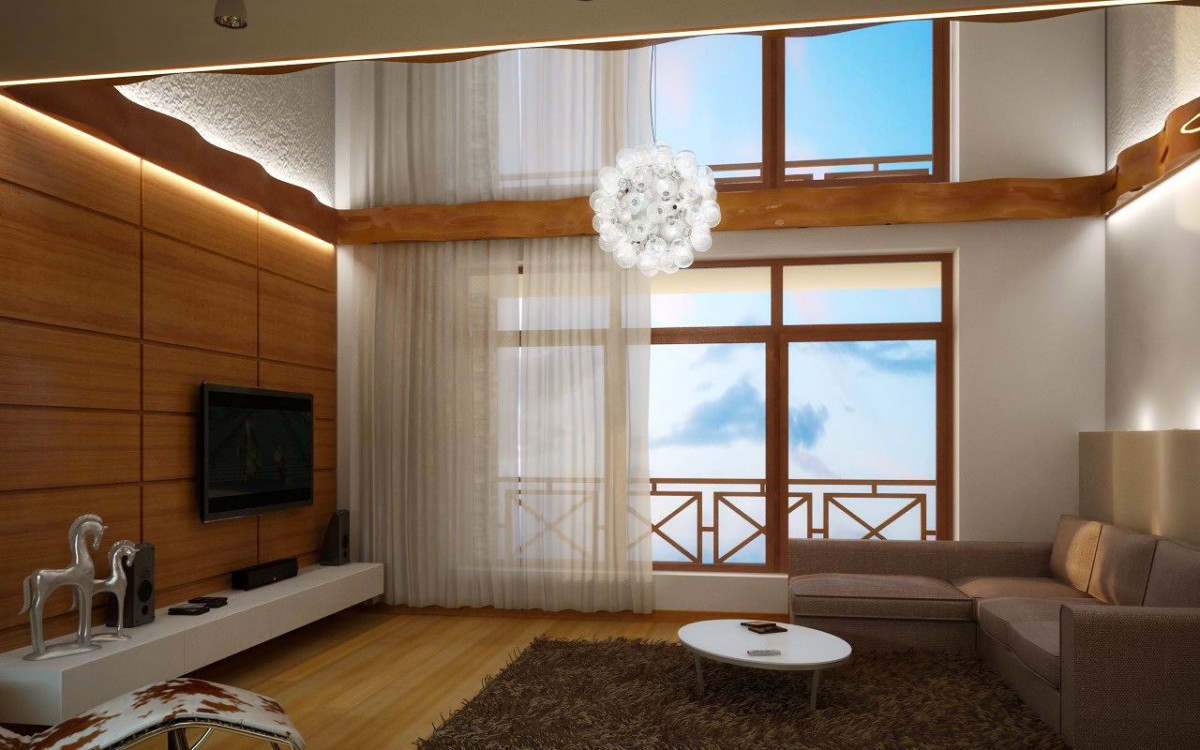
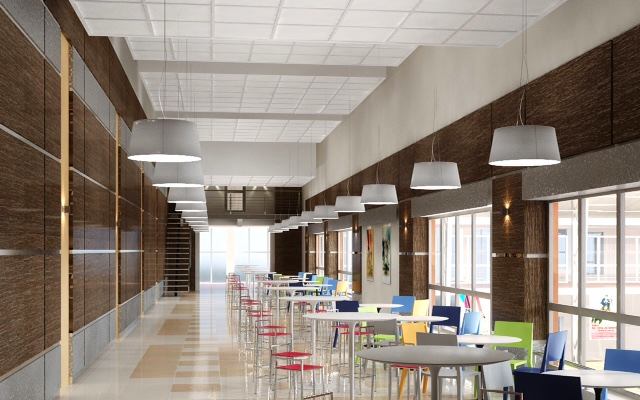
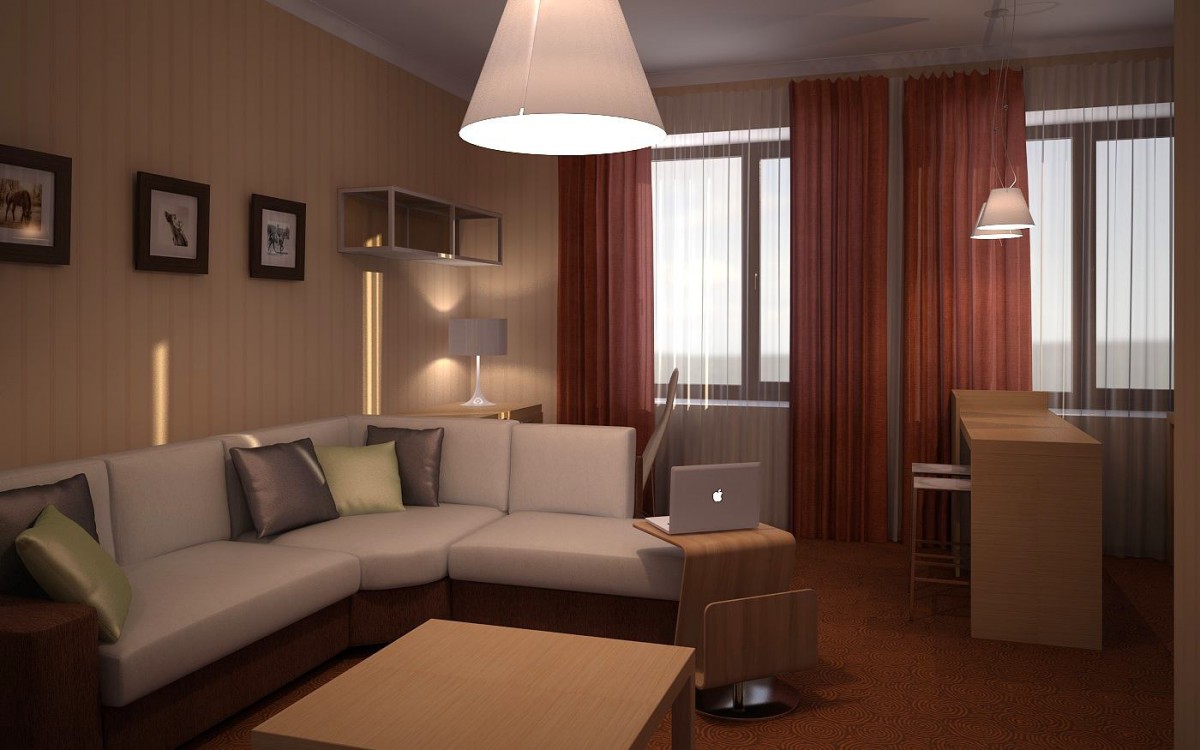
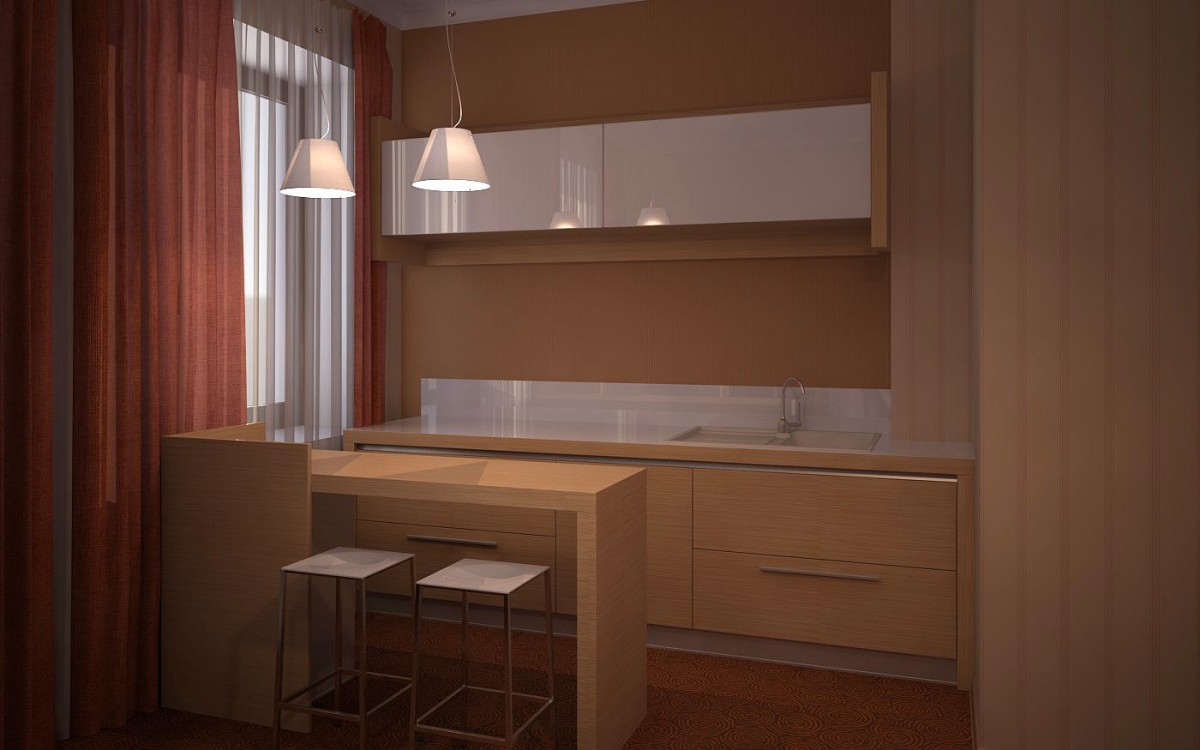
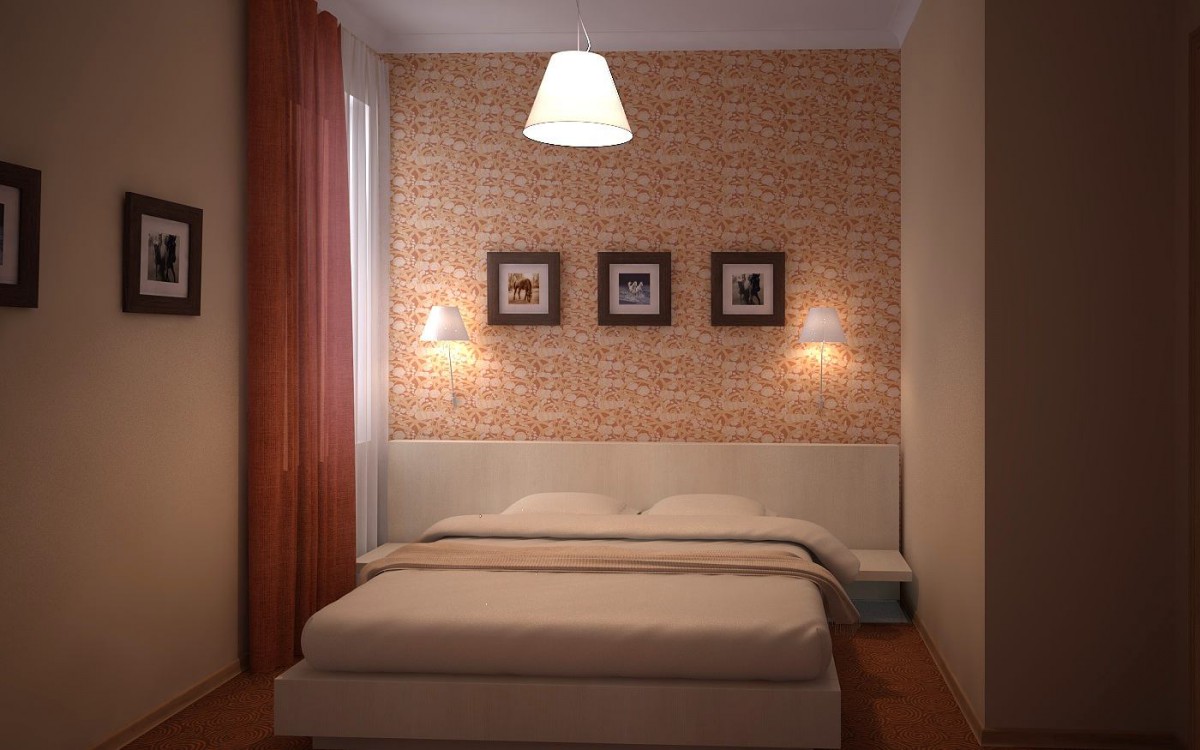
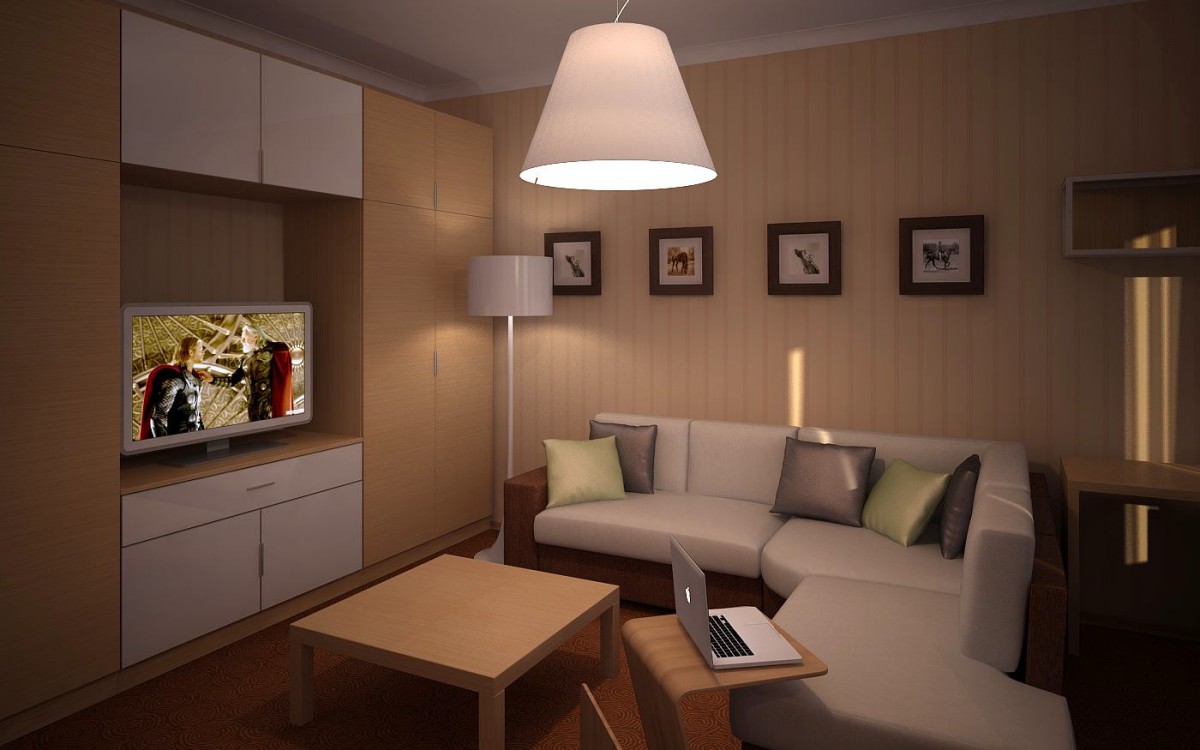
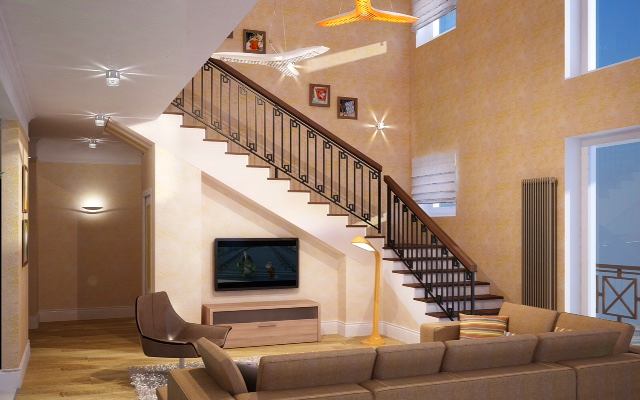
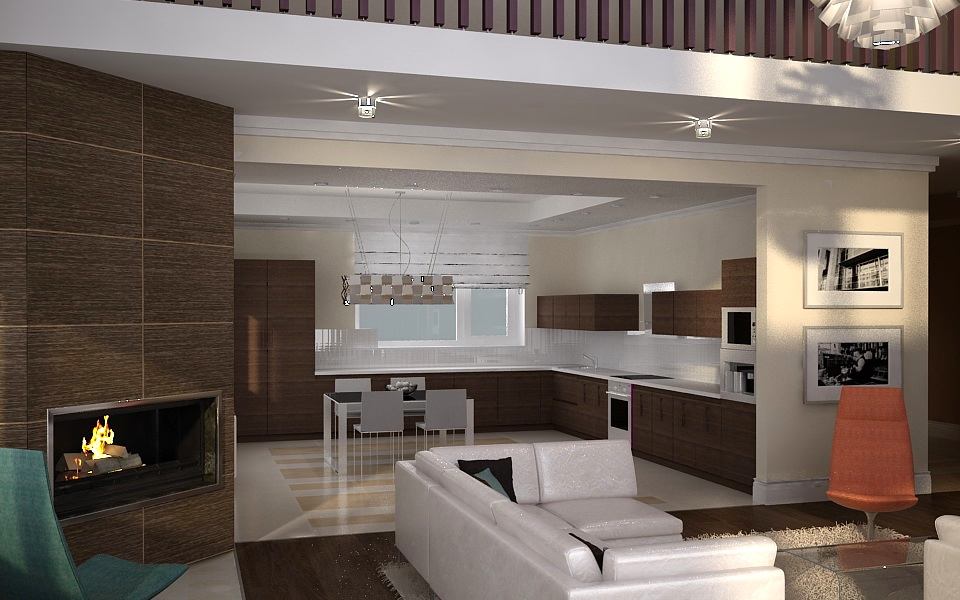
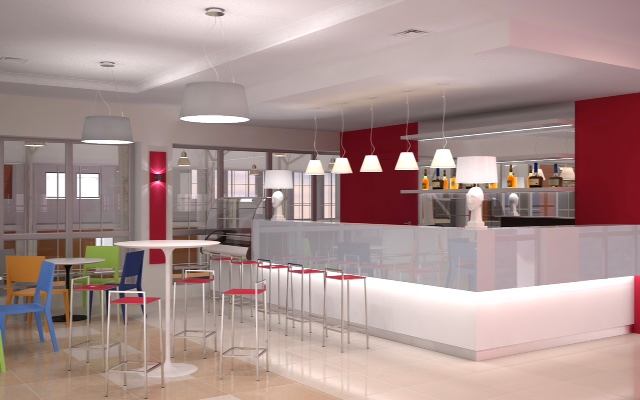
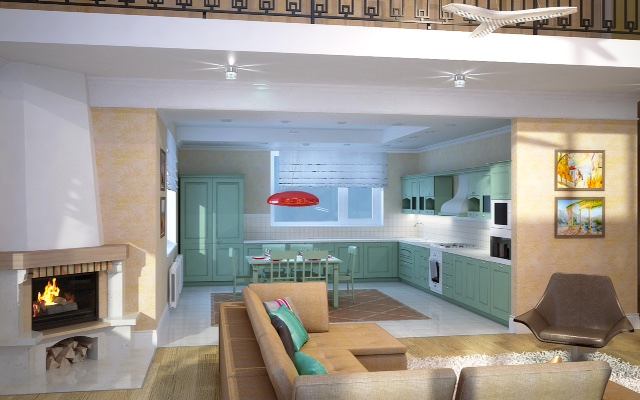
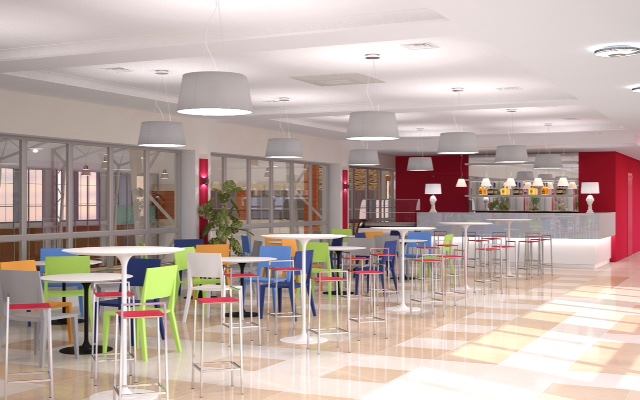 There was also a unique project by the IGuzzini factory forof this complex. I worked on it together with the technical department of the factory and my lighting specialists for about six months. The result of our work was a letter sent to me by my customer on my birthday: "Anna, thank you very much! Everything is very beautiful!" It was nice. But the project was not destined to come true. Again, the economy. And I had to fly to China with my colleague and try to implement the lighting of the entire complex within the allocated budget. We succeeded in some things, and not in others. China is China. It is impossible to guess how these lamps will behave in six months, a year... All the houses built on the territory of the complex were also entirely designed by us, not only in terms of architectural solutions, but also interior ones. And they were implemented, at least in terms of decoration, close to what we had conceived. Of course, within the allocated budget.
There was also a unique project by the IGuzzini factory forof this complex. I worked on it together with the technical department of the factory and my lighting specialists for about six months. The result of our work was a letter sent to me by my customer on my birthday: "Anna, thank you very much! Everything is very beautiful!" It was nice. But the project was not destined to come true. Again, the economy. And I had to fly to China with my colleague and try to implement the lighting of the entire complex within the allocated budget. We succeeded in some things, and not in others. China is China. It is impossible to guess how these lamps will behave in six months, a year... All the houses built on the territory of the complex were also entirely designed by us, not only in terms of architectural solutions, but also interior ones. And they were implemented, at least in terms of decoration, close to what we had conceived. Of course, within the allocated budget.
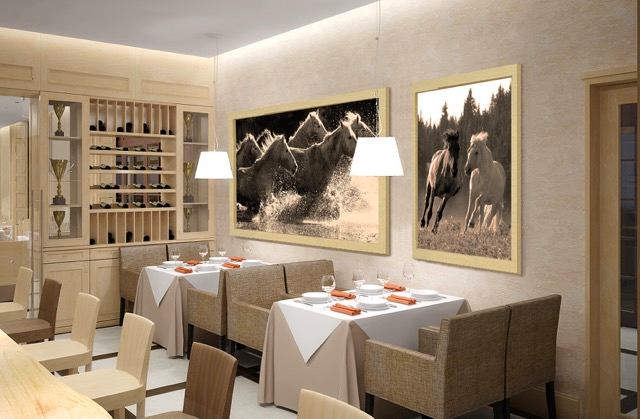
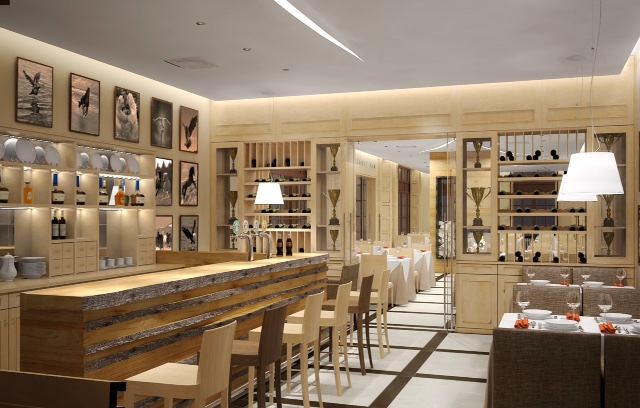
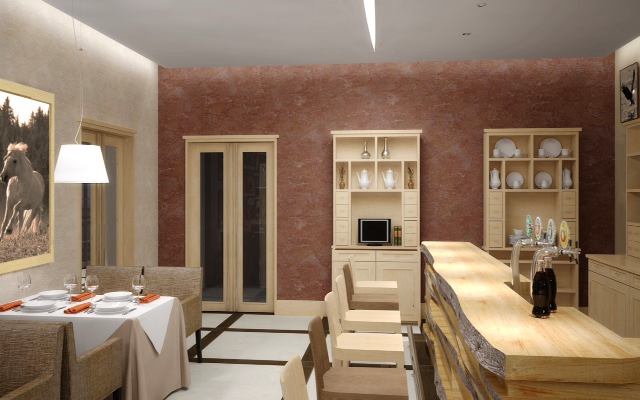
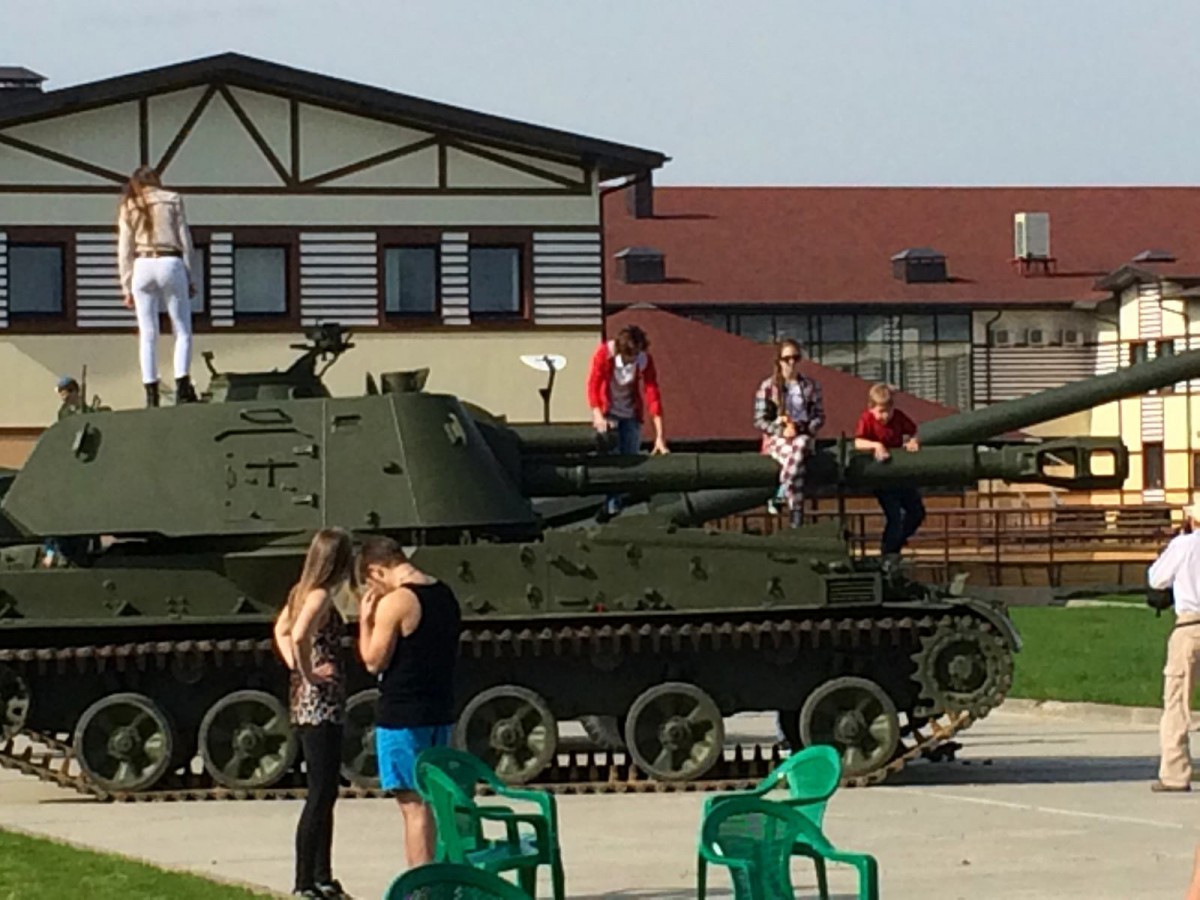
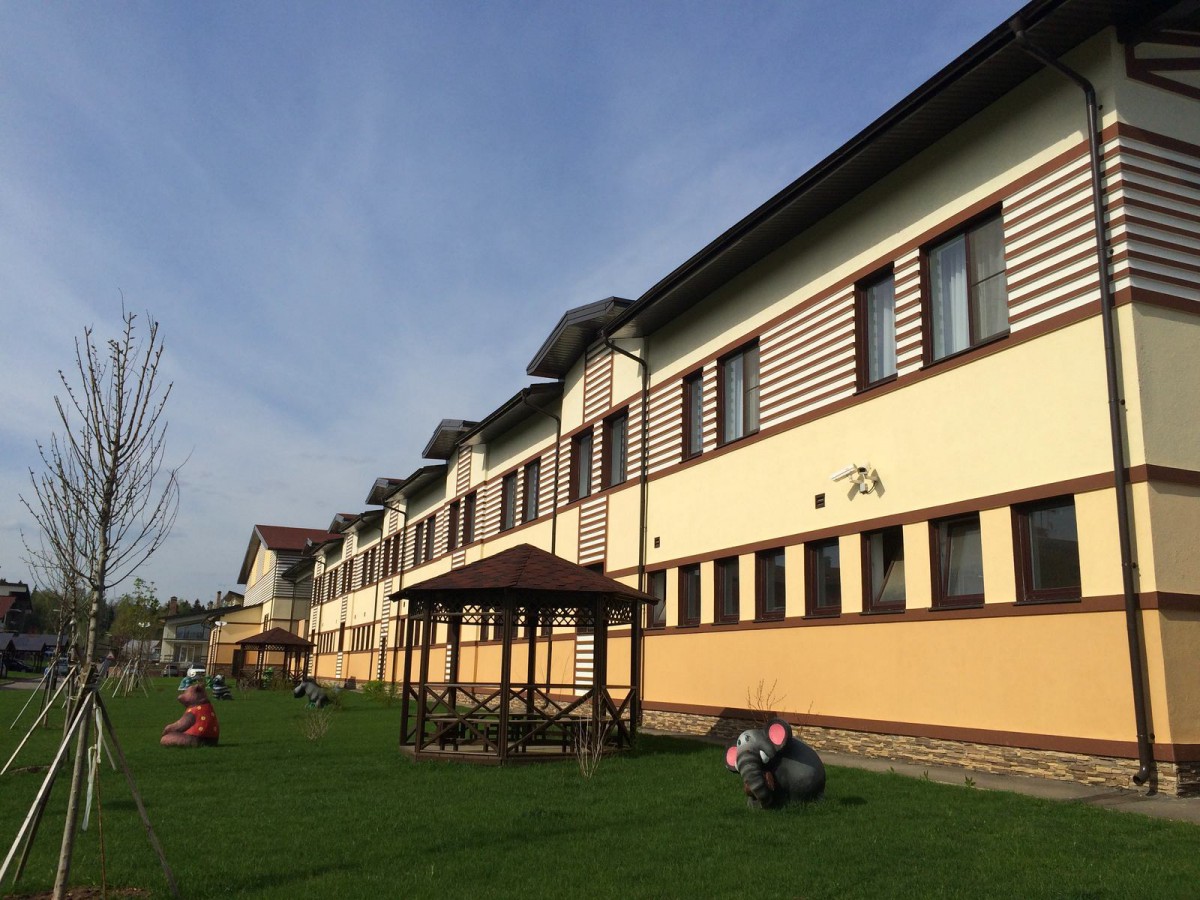
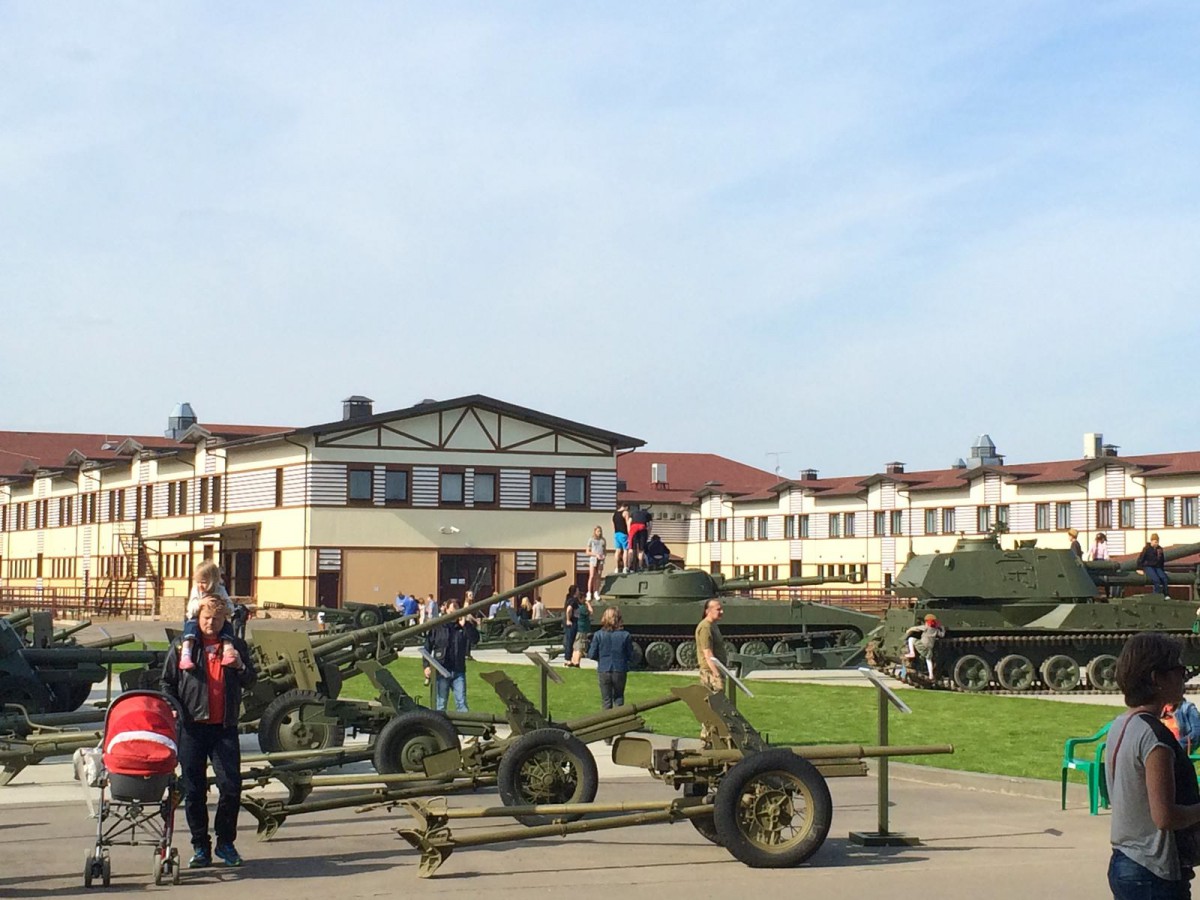

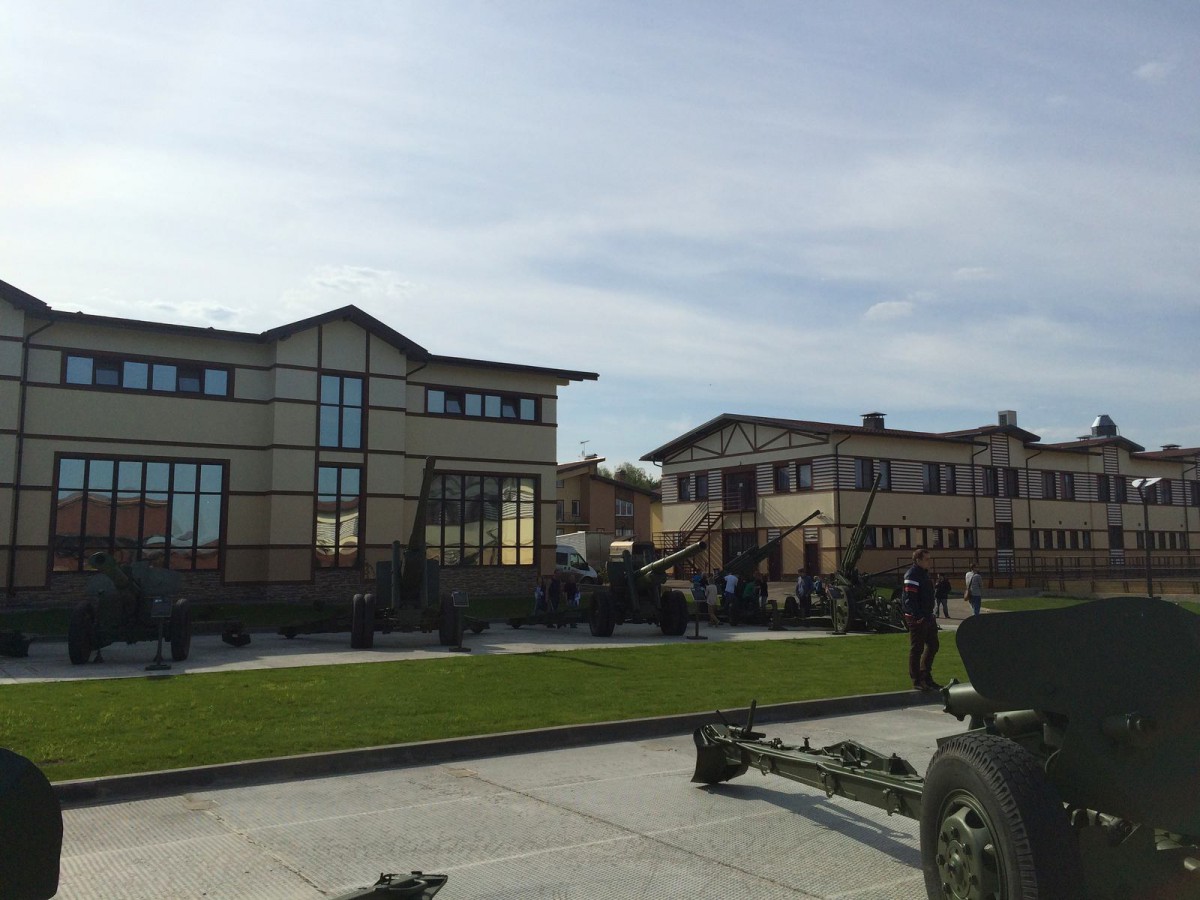



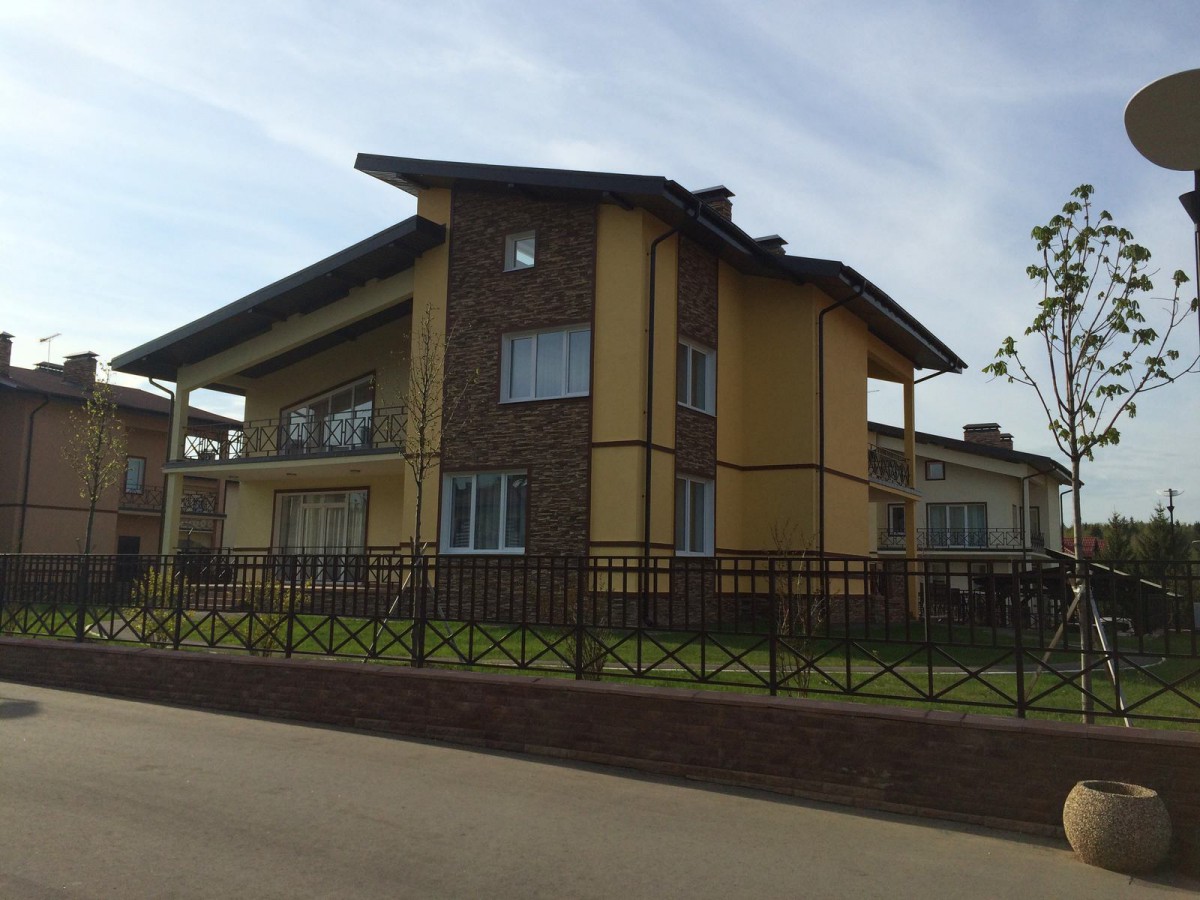

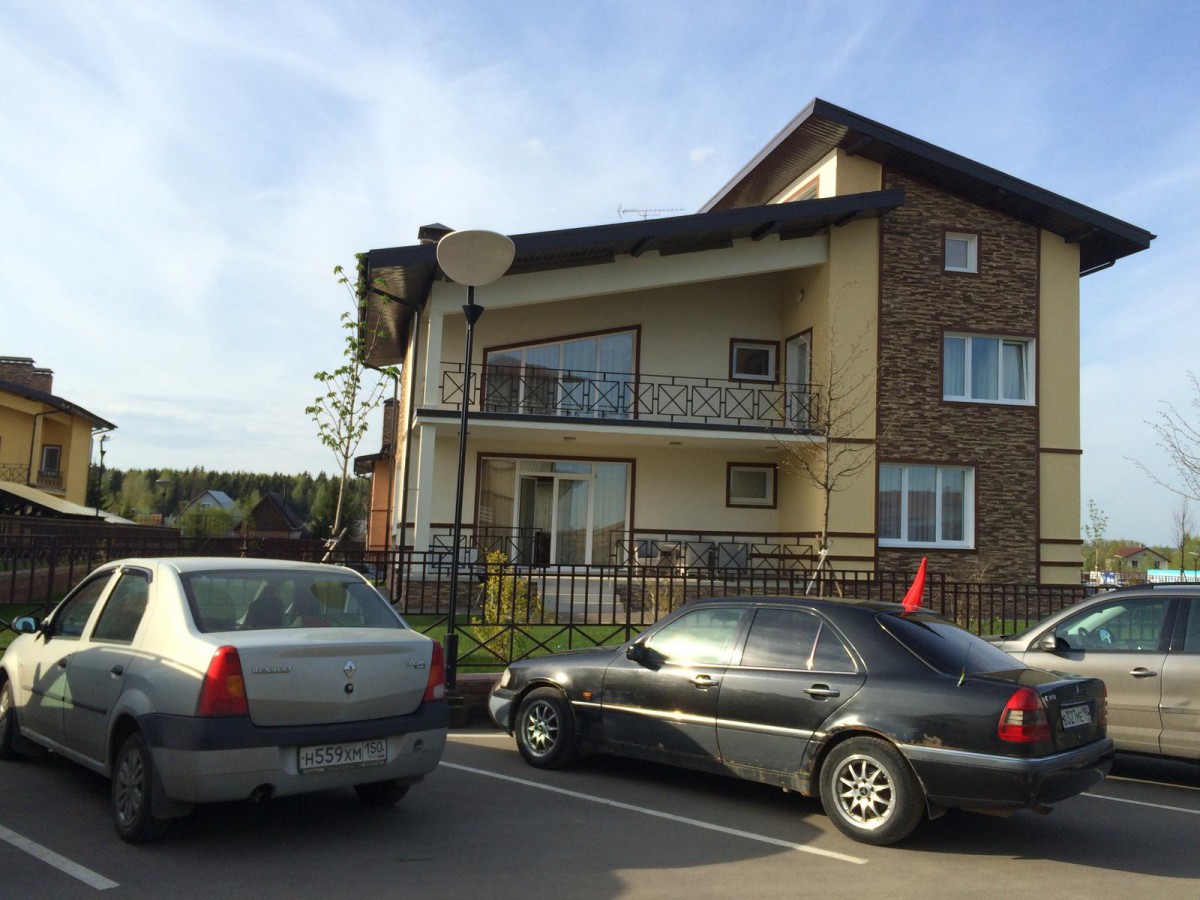


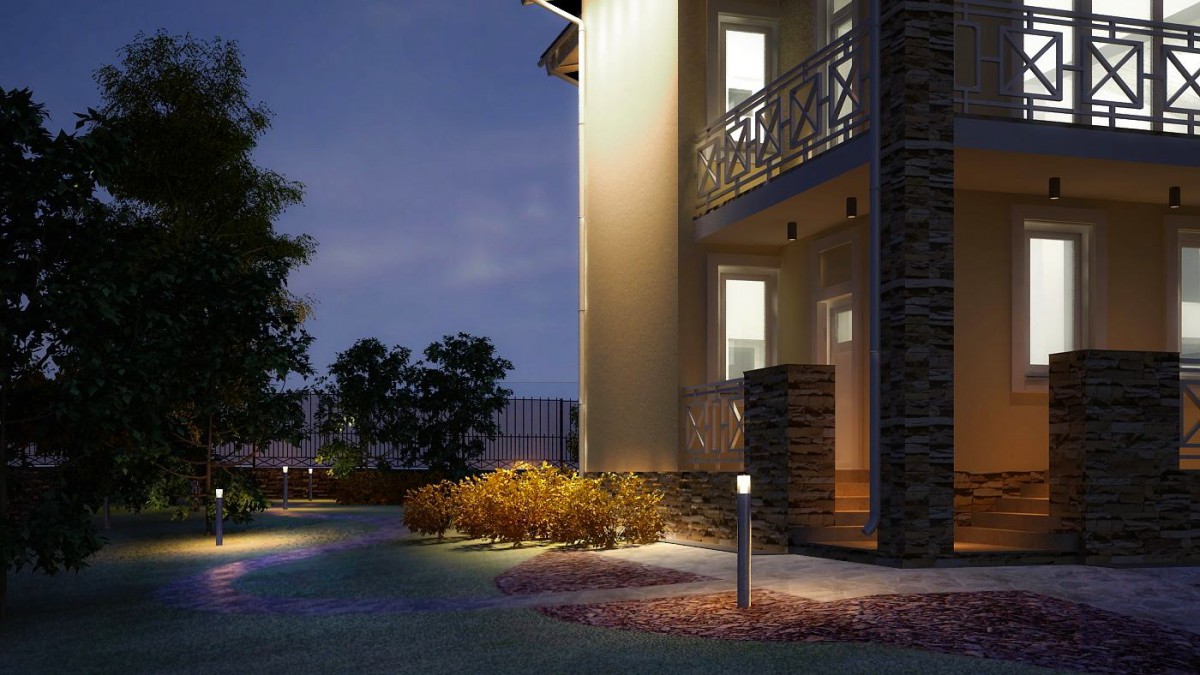
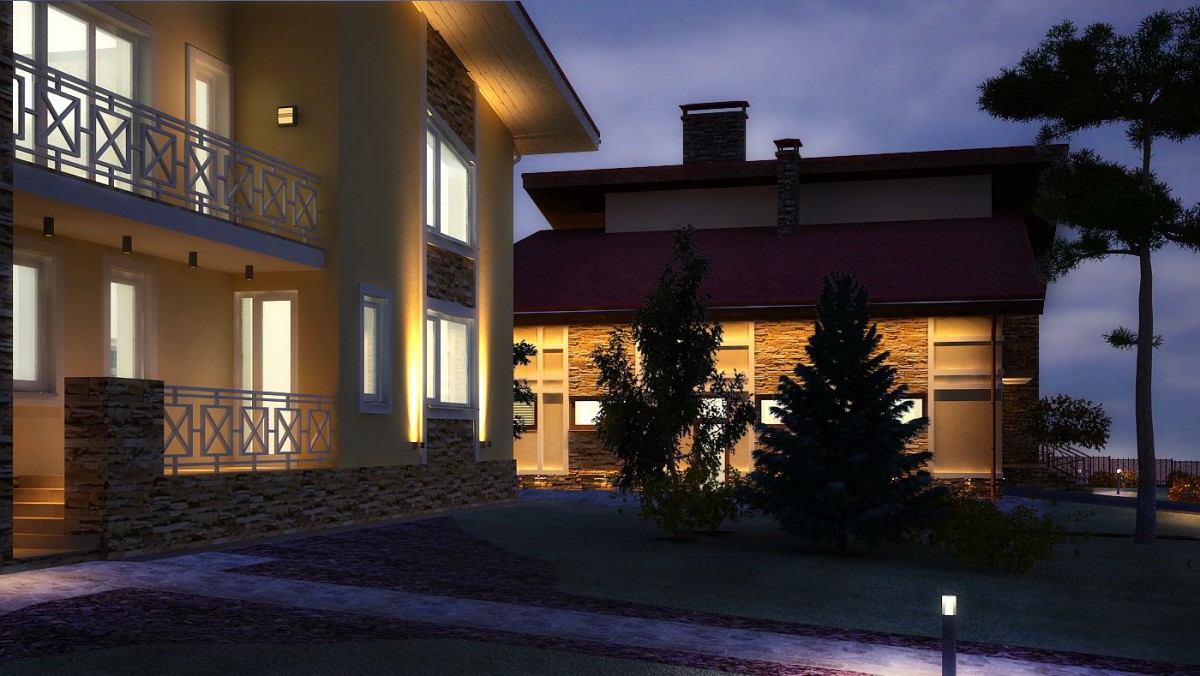 One of my favorites was my exhibitionproject. Favorite projects are usually those that are nurtured and born like children. From the idea to the implementation in full, without pressure from the customer, in harmony and happiness.
One of my favorites was my exhibitionproject. Favorite projects are usually those that are nurtured and born like children. From the idea to the implementation in full, without pressure from the customer, in harmony and happiness.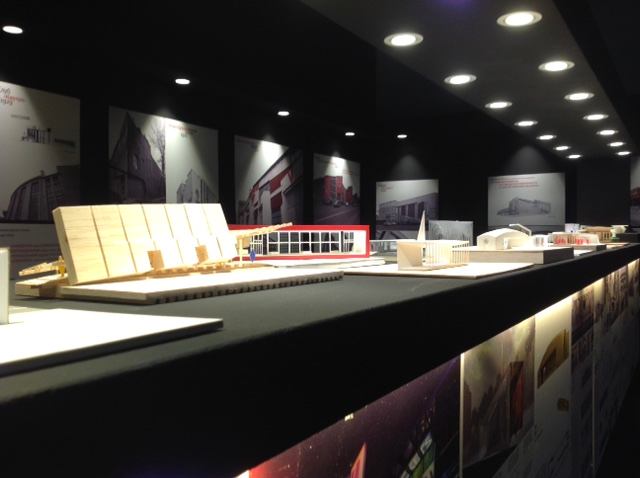
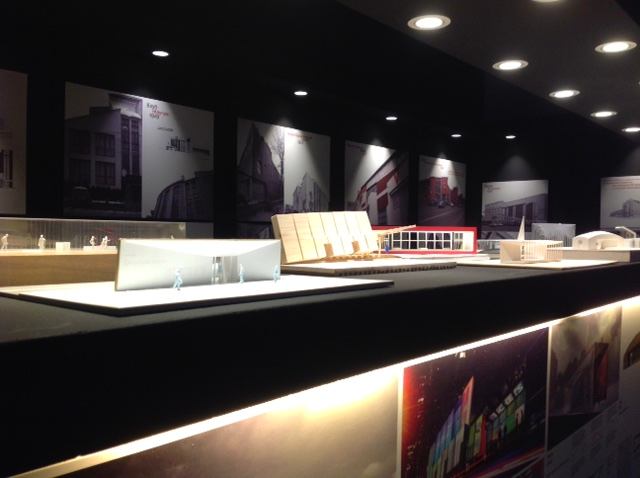
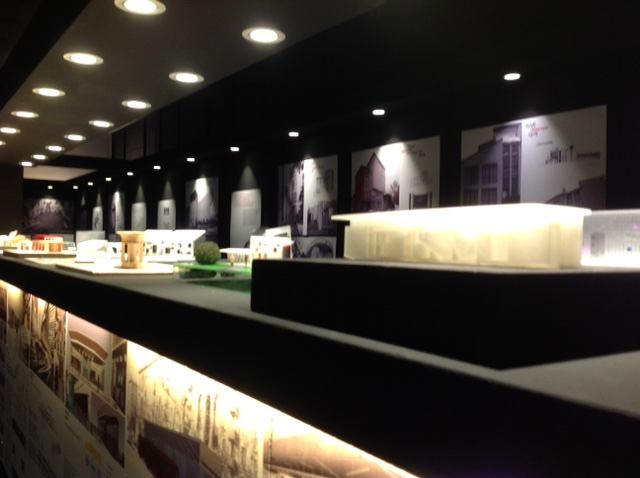
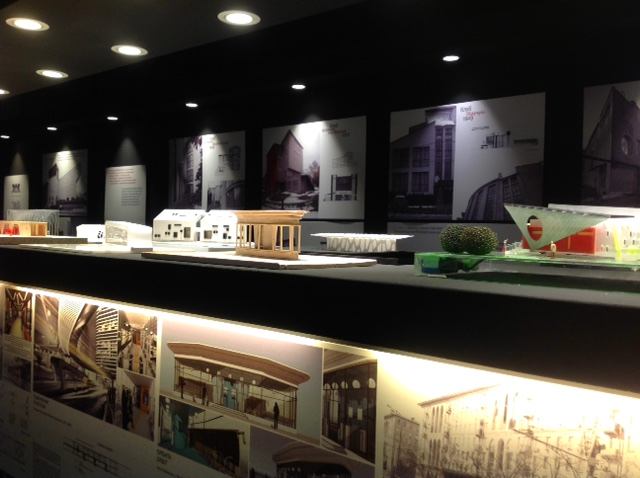
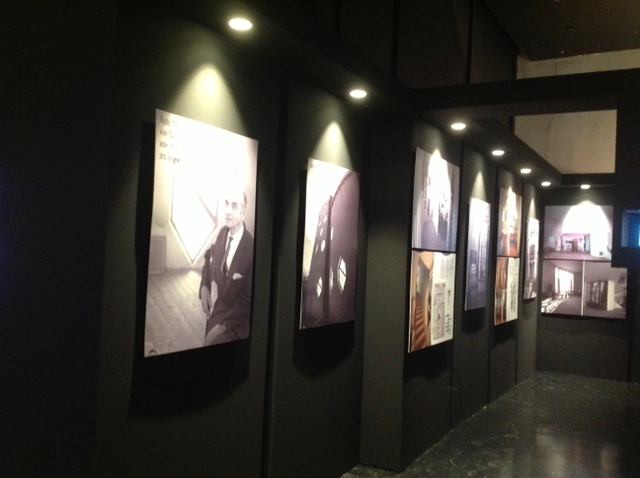
About me and the team
I was born in Kazan, into a family of two architects.My parents were promising young professionals, and so immediately after graduating from the institute, they got interesting jobs. Mom worked in a restoration workshop, and Dad - in the Main Administration of the Architecture and Construction Department of our hometown, on new projects. I remember how Dad would sit at night, bent over a drawing board that folded back from the wall in the kitchen. I don’t know if this ultimately influenced my choice of profession, but, having left music, physics and medicine, I still made a choice in favor of architecture. After graduating from the Physics and Mathematics School, I entered the Architecture Department of the Kazan Civil Engineering Institute, which my parents also graduated from. After the 3rd year, I transferred to the Moscow Architectural Institute, where I graduated from the Department of Reconstruction and Restoration in Architecture. After graduating from the institute, I had the opportunity to work at the SpetsProektRestavratsiya Institute on Izmailovsky Island, under the guidance of the outstanding restorer Nina Ivanovna Bykovskaya.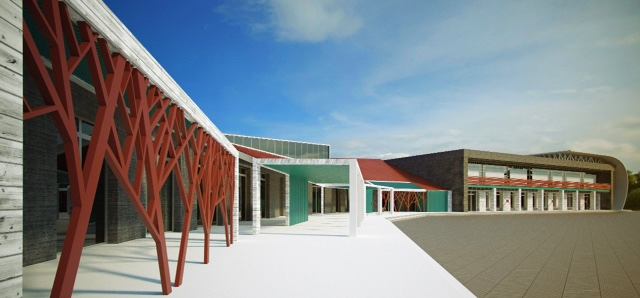

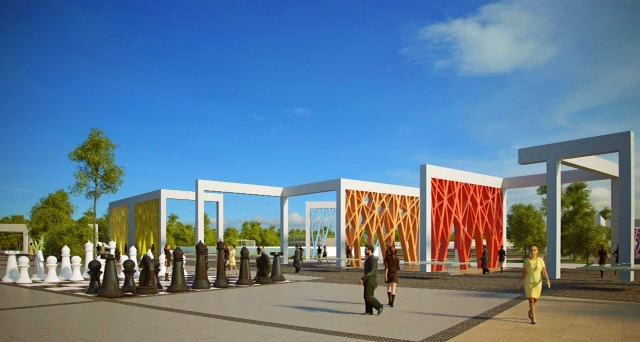
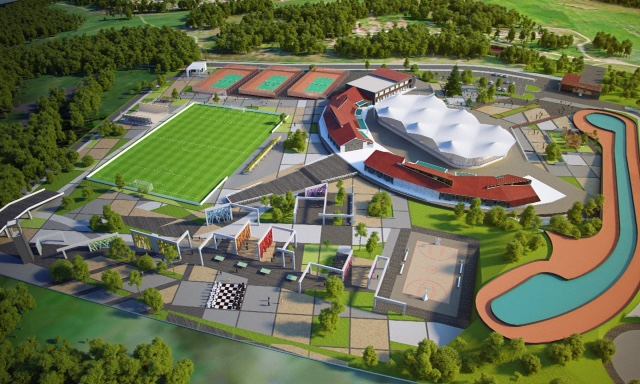 Then for some time in the company of famousI taught design at my native department under the guidance of architects Kirill Gorodov and Georgy Pryanishnikov. At the same time, my friend invited me to an interview at Andrey Rudakov’s young, rapidly growing architectural studio “2P Studio”. I entered there as an architect and immediately received my first assignment to design the interior of the Swiss watch boutique Saga, which is still located in the building of the cinema center on Krasnaya Presnya. True, the interior has already been redesigned. No wonder, almost 20 years have passed. Then there were other assignments. While working there, I met my future husband, Renat Polyakov, with whom we later created our own design bureau and agency “Studio Spot”. At the same time, I “fell ill” with Italy. We traveled a lot to exhibitions, wrote articles about design innovations for our architectural publications, such as “Taburet”, “ArchiDom”, Salon-inteior, “Mezzanine”. We were friends with everyone, everyone knew us and many of our projects were published. At that time I decided to get a second education and entered the M. Thorez Institute, in the Italian department. And at the same time I made my first furniture collection Cosmo's factory, which we showed with great success for the first time in Milan during the International Furniture Exhibition Salone del Mobile, in the increasingly famous Fuori Salone program. At that time I made such world-famous friends as Luca Scacchetti, Ivan Bai, Antonio Acito, Enrico Tonucci and, of course, my beloved Ingo Maurer, with whom we tried to implement very bold projects in Moscow.
Then for some time in the company of famousI taught design at my native department under the guidance of architects Kirill Gorodov and Georgy Pryanishnikov. At the same time, my friend invited me to an interview at Andrey Rudakov’s young, rapidly growing architectural studio “2P Studio”. I entered there as an architect and immediately received my first assignment to design the interior of the Swiss watch boutique Saga, which is still located in the building of the cinema center on Krasnaya Presnya. True, the interior has already been redesigned. No wonder, almost 20 years have passed. Then there were other assignments. While working there, I met my future husband, Renat Polyakov, with whom we later created our own design bureau and agency “Studio Spot”. At the same time, I “fell ill” with Italy. We traveled a lot to exhibitions, wrote articles about design innovations for our architectural publications, such as “Taburet”, “ArchiDom”, Salon-inteior, “Mezzanine”. We were friends with everyone, everyone knew us and many of our projects were published. At that time I decided to get a second education and entered the M. Thorez Institute, in the Italian department. And at the same time I made my first furniture collection Cosmo's factory, which we showed with great success for the first time in Milan during the International Furniture Exhibition Salone del Mobile, in the increasingly famous Fuori Salone program. At that time I made such world-famous friends as Luca Scacchetti, Ivan Bai, Antonio Acito, Enrico Tonucci and, of course, my beloved Ingo Maurer, with whom we tried to implement very bold projects in Moscow.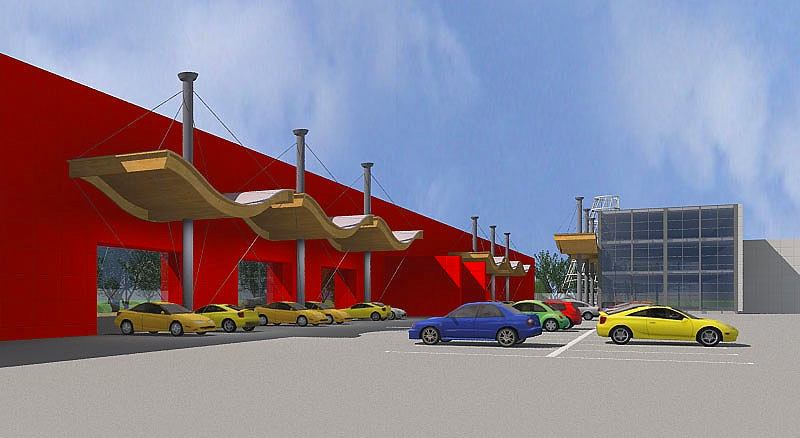
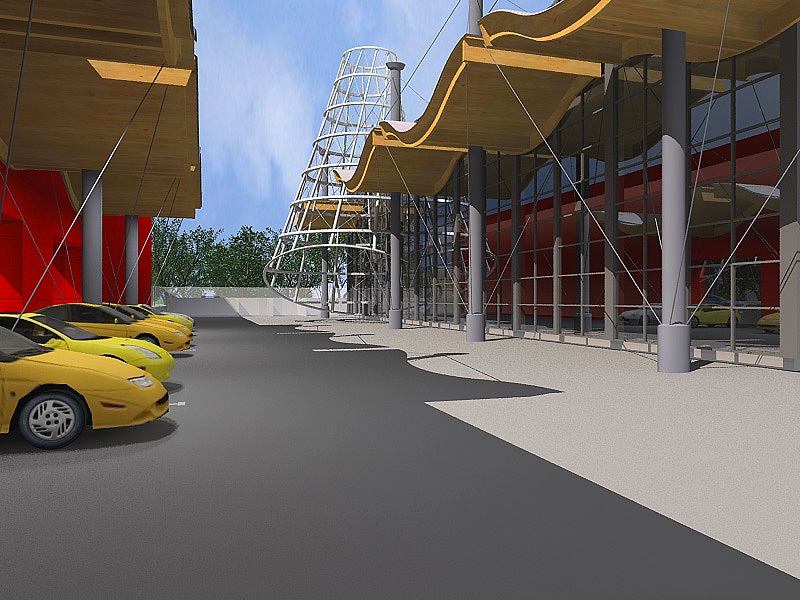

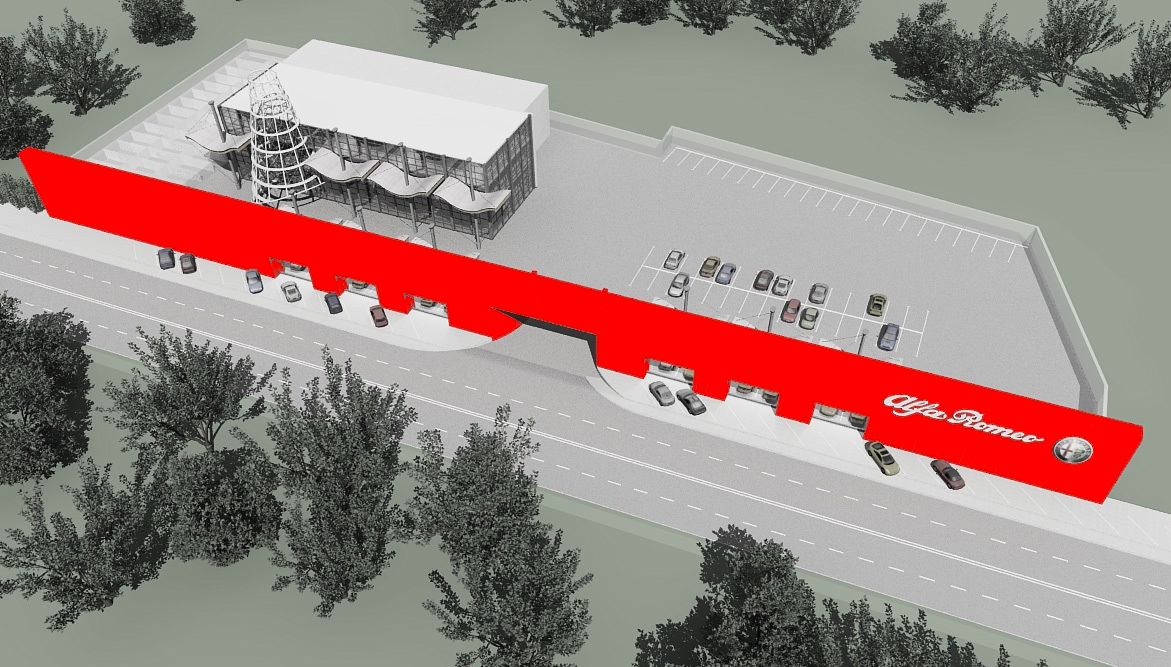
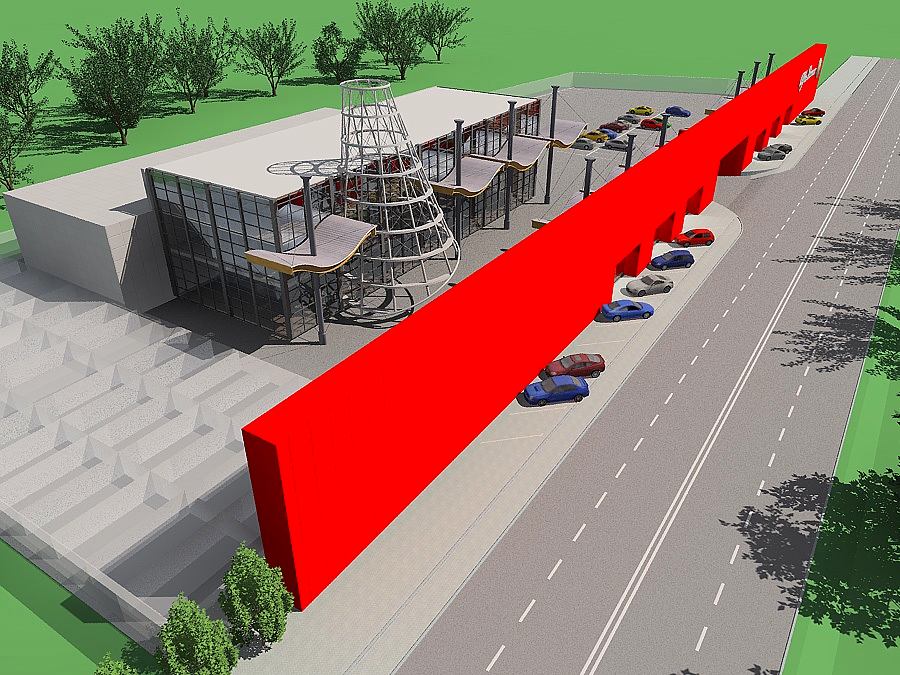 Those who have been doing this for about 20 years will not giveI would lie — we were there at the very beginning of the development of a grandiose event, now called iSaloni. For several years in a row, Renat and I organized a Russian exposition in the Fuori Salone program, which we developed and produced ourselves. Then I decided that I needed to qualitatively improve my knowledge in the development of interior design, and I entered the Milan Polytechnic Institute for courses for specialists in the development of public interiors. Then there were PoliDesign courses there, but that was much later. Over all these years, the studio has undergone many changes — not only in the name and in the quality of the content of the projects. We participated in the development of design solutions for the Moscow Hotel, which is 40,000 square meters of rooms and apartments, as well as public areas such as a lounge, restaurants and reception. The company has individual and block development settlements in the Podolsk district, near Troitsk, in the Istrinsky district, in the Mytishchi district. In the Podolsk region, a cultural center building was built in the village of 1 May Factory according to a reconstruction project developed by us.
Those who have been doing this for about 20 years will not giveI would lie — we were there at the very beginning of the development of a grandiose event, now called iSaloni. For several years in a row, Renat and I organized a Russian exposition in the Fuori Salone program, which we developed and produced ourselves. Then I decided that I needed to qualitatively improve my knowledge in the development of interior design, and I entered the Milan Polytechnic Institute for courses for specialists in the development of public interiors. Then there were PoliDesign courses there, but that was much later. Over all these years, the studio has undergone many changes — not only in the name and in the quality of the content of the projects. We participated in the development of design solutions for the Moscow Hotel, which is 40,000 square meters of rooms and apartments, as well as public areas such as a lounge, restaurants and reception. The company has individual and block development settlements in the Podolsk district, near Troitsk, in the Istrinsky district, in the Mytishchi district. In the Podolsk region, a cultural center building was built in the village of 1 May Factory according to a reconstruction project developed by us.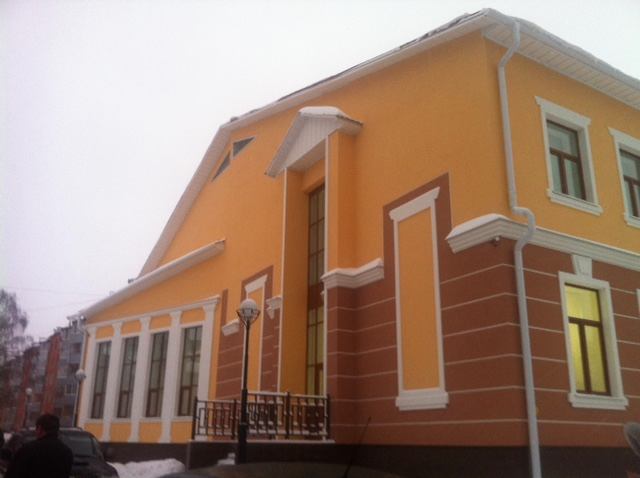
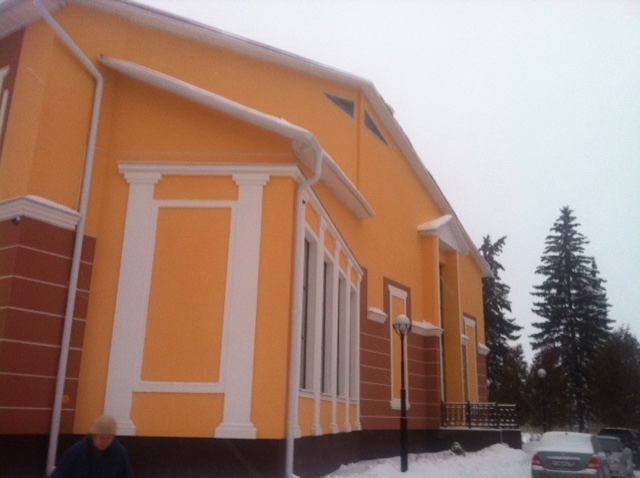
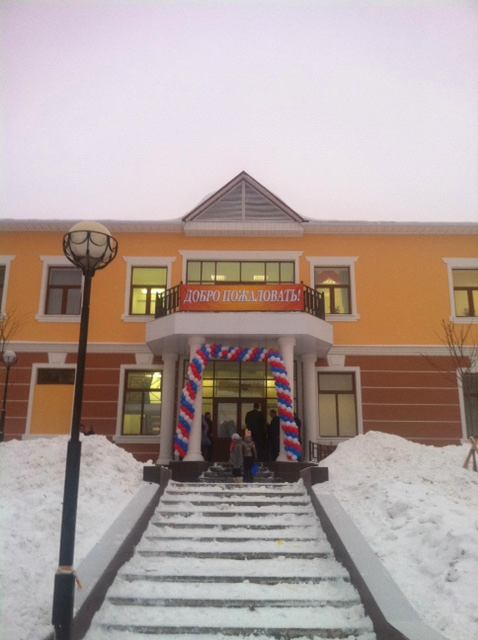
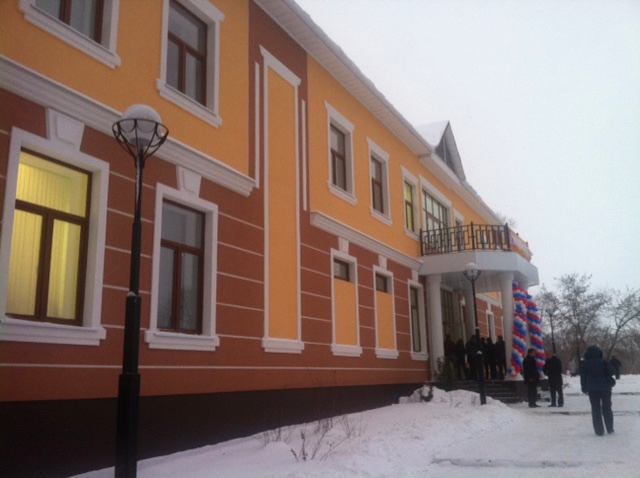
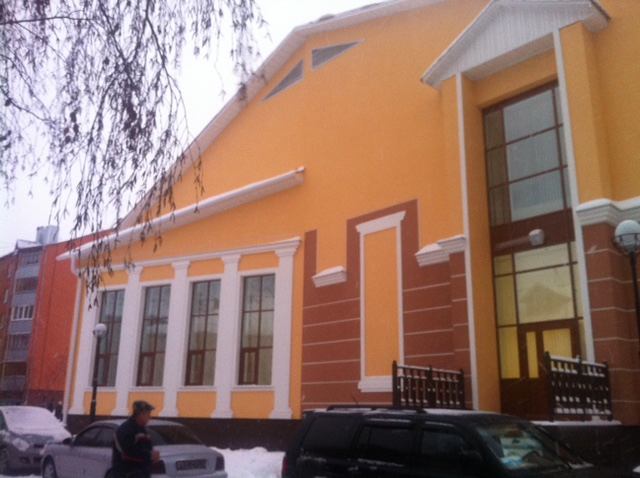 Not long ago, in 2013, with the support of myTogether with my friends from the ADI-M agency, Petr and Anton Alexandrov, I came up with and implemented the exhibition “Architecture of Russia — Past, Present, Future”. The first part was dedicated to the work of the most extraordinary Russian architect — Konstantin Stepanovich Melnikov. My friends and I worked on the preparation of this exhibition for almost a year. As part of the exhibition, I managed to hold a grandiose competition for young architects, the “Avant-garde Prize”, of which I became a partner in 2013. This exhibition and competition were shown in Milan during iSaloni, in one of the most prestigious galleries in Milan, Spazio Crizia, next to the inspired works of the genius Ingo Maurer. Then this exhibition visited the city of Pesaro during the film festival there, and was then shown at “ArchMoscow”, in the Next section. In the future, I hope to continue this work; I have ideas for many years to come. Today, our company is engaged in investment and private projects, very personalized. We still love interiors, and when it comes to building suburban real estate, we offer the buyer a ready-made product "turnkey", with all interior solutions. The market situation dictates its own rules of the game. These are not luxurious villas, but understandable, cozy small houses for young families, implemented for understandable money. But, as they say, any fool can do it expensively and beautifully, but inexpensively, elegantly and stylishly - you have to try. Perhaps, today this is the motto of our company: "high-quality, convenient, stylish and affordable."
Not long ago, in 2013, with the support of myTogether with my friends from the ADI-M agency, Petr and Anton Alexandrov, I came up with and implemented the exhibition “Architecture of Russia — Past, Present, Future”. The first part was dedicated to the work of the most extraordinary Russian architect — Konstantin Stepanovich Melnikov. My friends and I worked on the preparation of this exhibition for almost a year. As part of the exhibition, I managed to hold a grandiose competition for young architects, the “Avant-garde Prize”, of which I became a partner in 2013. This exhibition and competition were shown in Milan during iSaloni, in one of the most prestigious galleries in Milan, Spazio Crizia, next to the inspired works of the genius Ingo Maurer. Then this exhibition visited the city of Pesaro during the film festival there, and was then shown at “ArchMoscow”, in the Next section. In the future, I hope to continue this work; I have ideas for many years to come. Today, our company is engaged in investment and private projects, very personalized. We still love interiors, and when it comes to building suburban real estate, we offer the buyer a ready-made product "turnkey", with all interior solutions. The market situation dictates its own rules of the game. These are not luxurious villas, but understandable, cozy small houses for young families, implemented for understandable money. But, as they say, any fool can do it expensively and beautifully, but inexpensively, elegantly and stylishly - you have to try. Perhaps, today this is the motto of our company: "high-quality, convenient, stylish and affordable."

